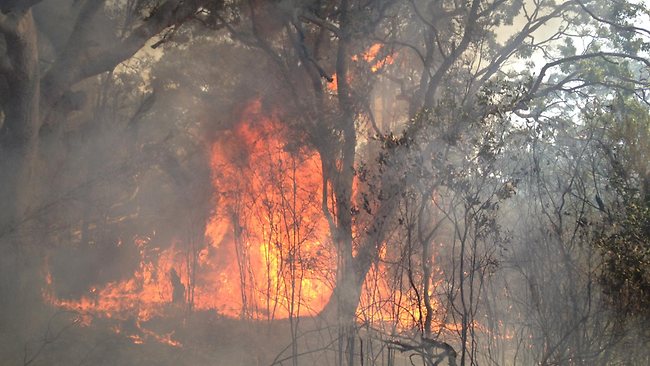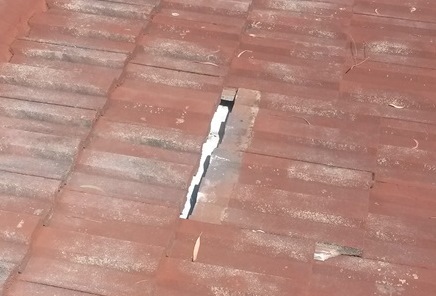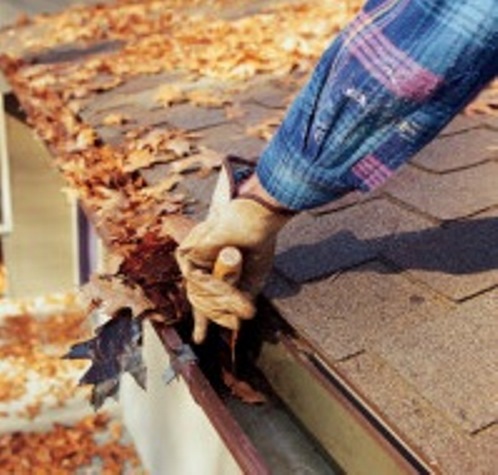
Is Gutter Guard Worth It?
A gutter guard product is not mandatory to be installed even in a bushfire prone area, but if you are in a bushfire prone area, your gutter guard must be made from a non-combustible material.
Why would you want gutter guard installed on your house? A well designed gutter guard will minimise debris and leaf matter from entering the gutters of your home to reduce gutter cleaning and maintenance. It also lowers the risk of pest and vermin infestation, as well as flooding of your gutters. Gutter guard can also improve the water quality of rain water collection systems. If you are in a bush fire prone area, you may be able to also get a product that works as an ember guard, but not all manufacturers can offer this.
With all the benefits above of having gutter guard, why wouldn’t I want it? Despite what the sales reps say, no gutter guard product is entirely maintenance free. This means you still need to inspect and ensure the gutter guard is in good shape and you still need to clean the gutters out, only less frequently. Gutter guard won’t keep out the smaller items such as dirt and small seeds, which eventually turn into a build-up of moss, sludge and weeds, hence the reason to clean out the gutters which is normally on an annual basis. The time to clean the gutters is increased with removing and reinstalling the gutter guard and therefore increases the time in which an accident could happen working at heights. If you have a professional performing the gutter cleaning work, they will charge you for the additional work involved with a gutter guard product installed. Another problem may arise if you have the incorrect type of gutter guard installed on your home, as it can act as a fuel for fire, one of the main reasons for keeping gutters clean.
What type of gutter guard is recommended? We have come across all different types of gutter guard while cleaning gutters and we have found the least effective product is the plastic gutter guard that fits inside the gutter. Although cheap, the gaps are wider and so it still allows leaves and debris to get caught. The gutter guard product that installs over the top of the gutter is far more effective however it is more expensive and will increase the time to clean the gutters considerably depending on how it’s fastened down.
How is gutter guard installed and what will I pay for a gutter clean with it installed? The cost of cleaning your gutters will depend on the type of gutter guard you have installed, the highest cost will be for the screwed down gutter guard. The reason is the time and work involved in removing and reinstalling the gutter guard. For a corrugated Colorbond roof, the normal fastening down method of this type of gutter guard is with screws being fastened down along the top ridge of the gutter approximately every 300 – 400mm and then every second ridge of the colorbond sheet (or even every ridge with some installations). Some installations include brackets and steel trim and even silicone right along the roof side of the gutter guard, so you could only imagine how much time it takes to remove and then replace all those screws, brackets, trims, and silicone to clean your gutters. With the gutter guard that is placed inside the gutter, it is normally only a matter of pulling the gutter guard out, cleaning it, cleaning the gutters out and then replacing it back into the gutter. This normally isn’t too time consuming, but will still add to the gutter cleaning bill.
I’m interested in installing a gutter product, what type should I have installed? If you have got this far in this post then you are probably considering having a gutter guard product installed and are interested in finding out what type of gutter guard to install for your property. One factor that will determine what type of gutter guard to install is if you live in a bush fire prone area. If this is you then you will need to install a gutter guard that is non-combustible. You could also go so far as to be compliant with Australian standard AS3959:2009 which means that you will be purchasing a gutter guard that also doubles as an ember guard for your gutters. This standard defines that the gutter guard must:
- Be non-combustible
- Have a maximum aperture of 2mm (2mm gap size)
- Be made of corrosion resistant steel, bronze or aluminium in BAL 12.5-BAL29
- Be made of corrosion-resistant steel or bronze in BAL 40 & BAL FZ
Apart from needing to install a gutter guard that is non-combustible when you live in a bush fire prone area, the decision of what type of gutter guard to have installed is ultimately yours however, some things you need to consider are:
- Corrosion resistance? How long will it last in the elements? Is there a warranty?
- Coatings on gutter guard materials that advise that they are non-combustible
- The manufacturing process of the gutter guard
- The effectiveness of the gutter guard
- How difficult it is to remove and reinstall to clean the gutters out
- The cost effectiveness of the gutter guard – is it worth it for the number of times you need to clean your gutters per year?
Ultimately the decision is yours if you are deciding whether to have a gutter guard product installed and what type of gutter guard to install. We hope that we have answered some of the gutter guard questions you might have but do remember – overflowing gutters are one of the four most common reasons for water entering homes during storms and high rainfall events!







